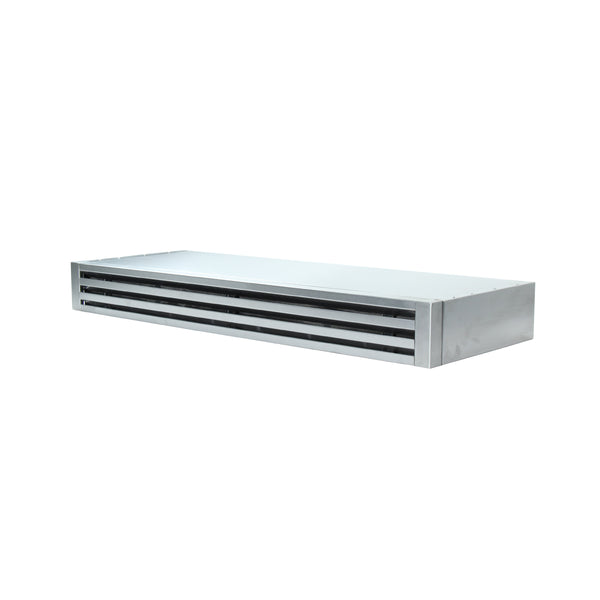Range Hood Filter Maintenance 101: Prevent Fires & Improve Air Quality
Range hood filters are crucial components that trap grease, smoke, and odors before they can settle on your cabinets, walls, or recirculate through your home.
View Details
Stovetop Oven Combo Style Guide
Your range is the centerpiece of your kitchen, showcasing your cooking style and design aesthetic. This comprehensive guide walks you through selecting and pairing the...
View Details
Bundle and Save: Proline Range and Hood Combo Deals
Discover how Proline's new range and hood bundle deals can transform your kitchen while saving you money. With 10% off combo packages, you'll get professionally-matched...
View Details
Outdoor Range Hoods: Essential Planning Tips for Your Outdoor Kitchen
Good planning is important. A key part is making sure your outdoor range hood is placed, sized, and installed correctly.
View Details
Inline Range Hood Fan: Facts + Benefits
Inline range hood fan systems represent the next evolution in kitchen ventilation technology. Unlike traditional hoods where the motor sits directly above your cooktop, inline...
View Details
Kitchen Ventilation: Range Hoods are the Hero of Your Kitchen
When it comes to range hood ventilation, many homeowners wonder if they really need one. The answer is a resounding yes. Range hoods are crucial...
View Details
1000 CFM Range Hoods Are Essential for Your Kitchen
For most home kitchens, 1000 CFM provides the perfect balance of power and efficiency, ensuring every meal is prepared in comfort regardless of your culinary...
View Details


















